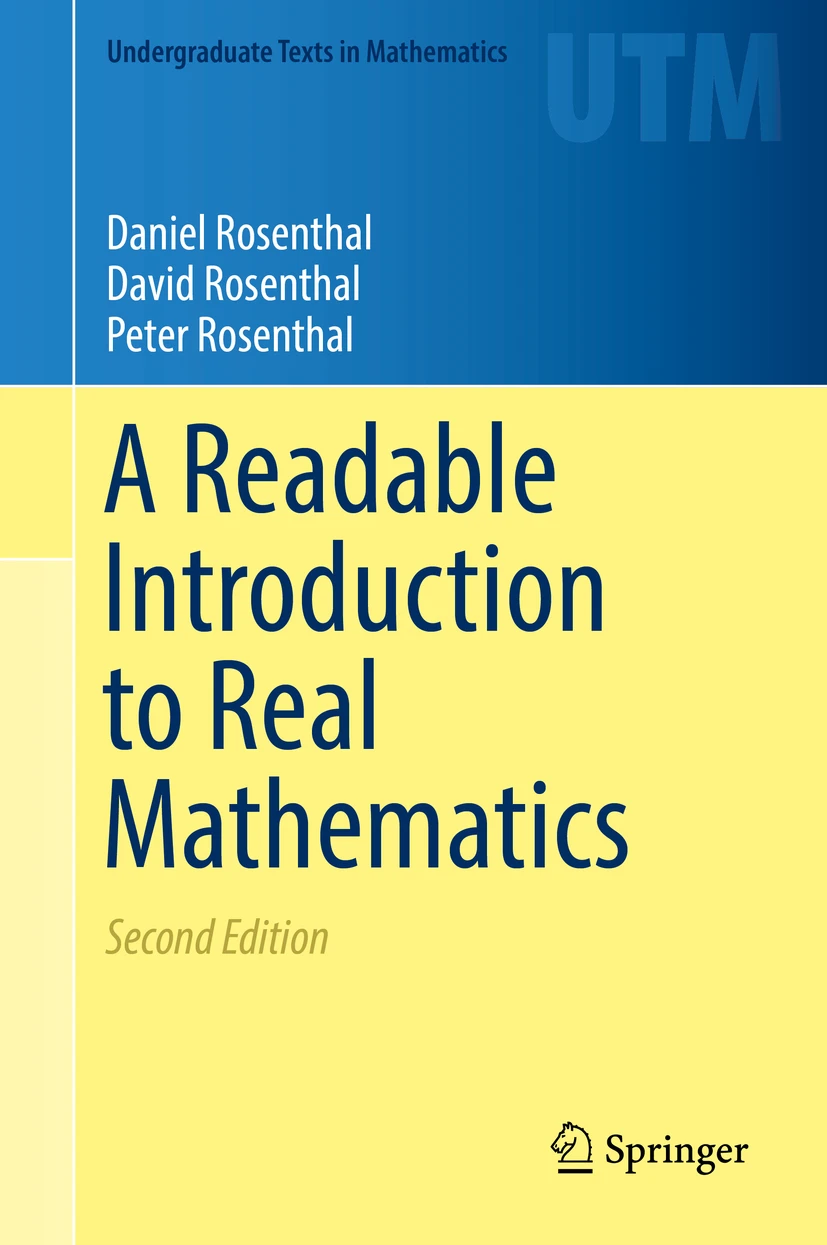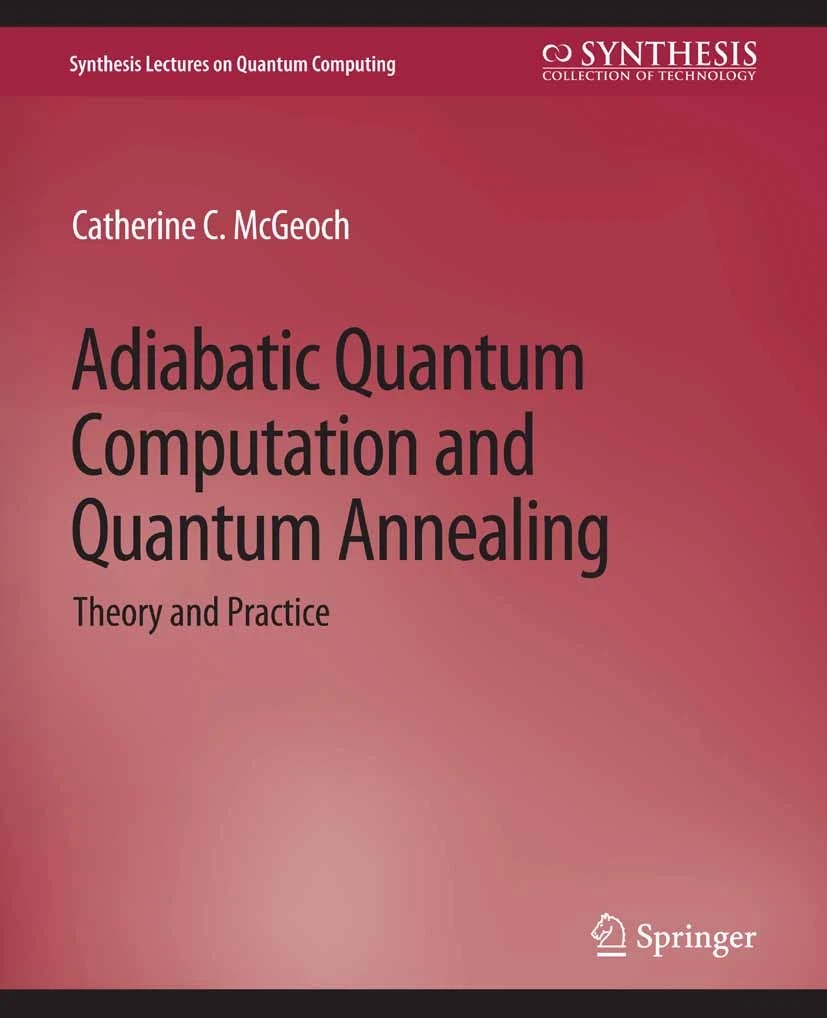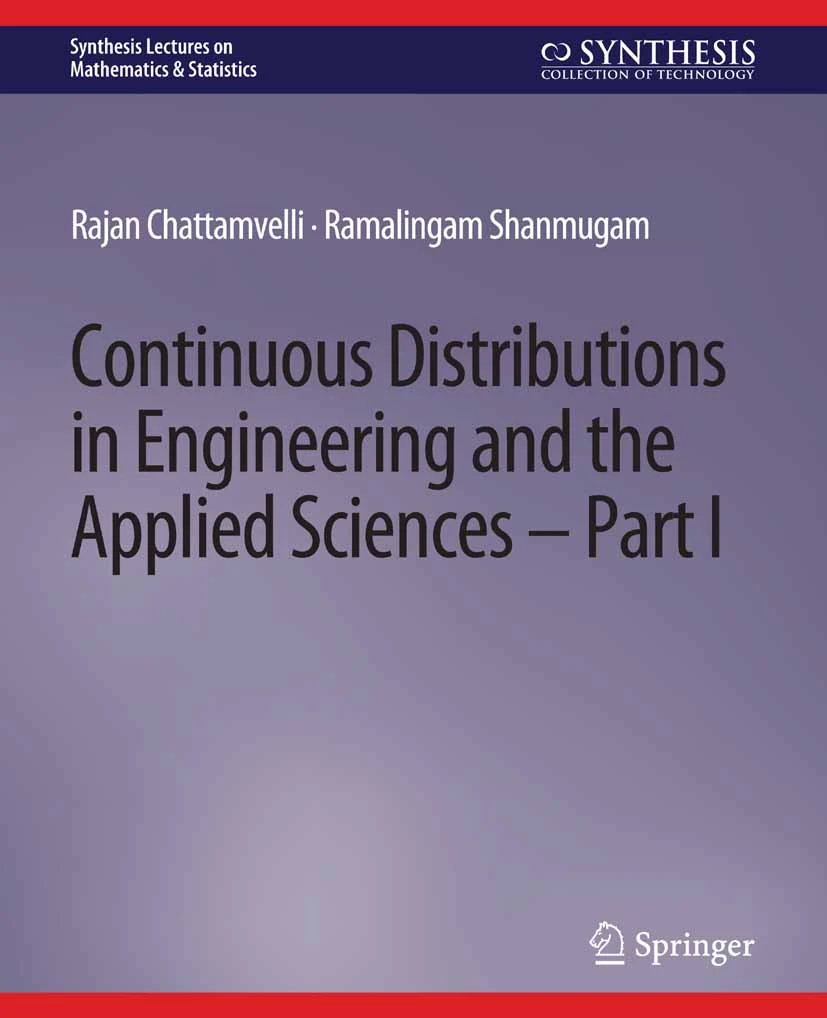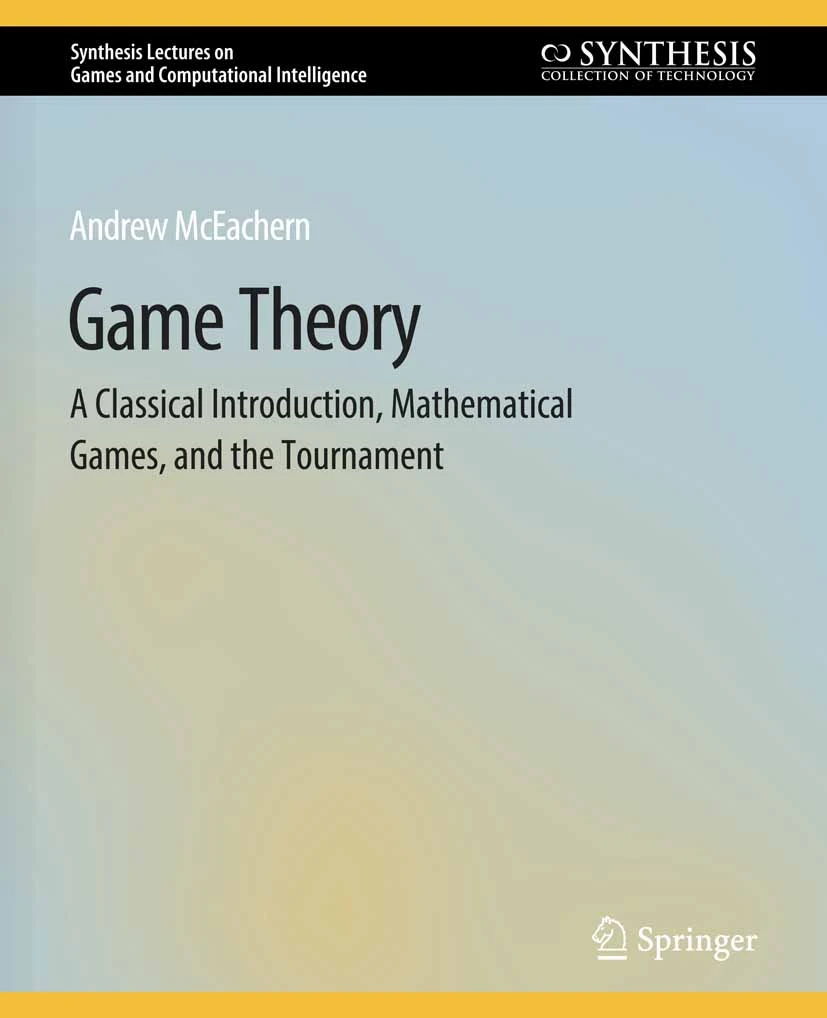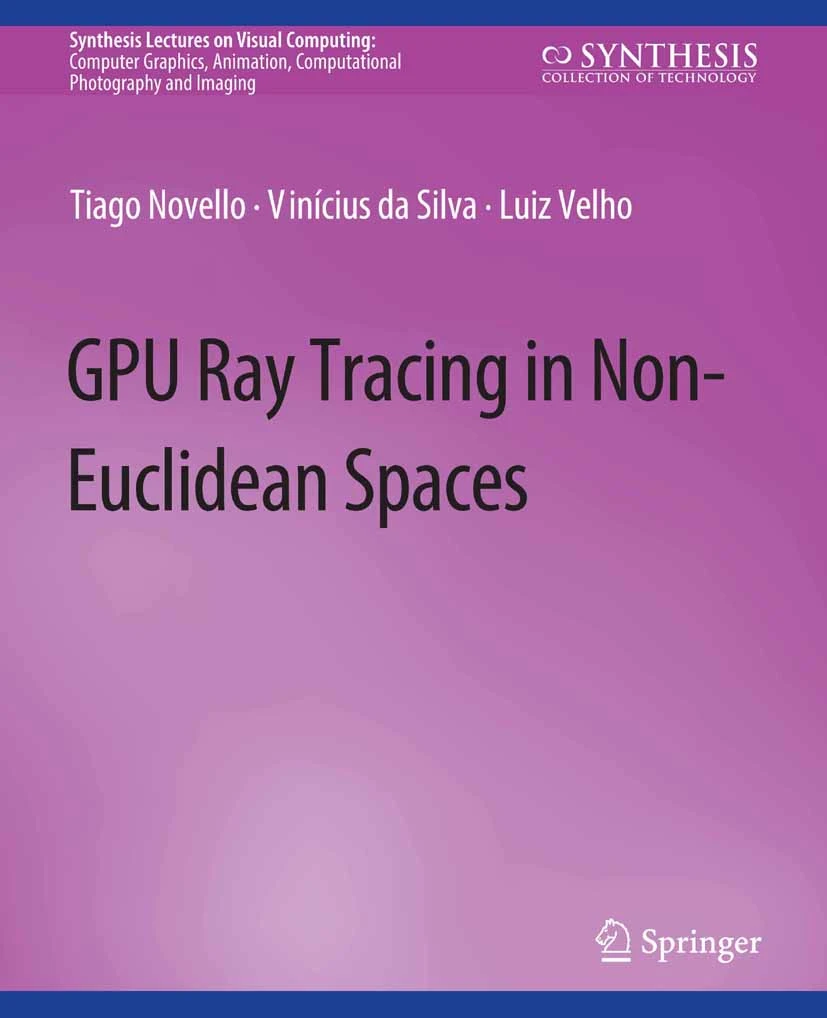-21%
A Readable Introduction to Real Mathematics
Original price was: ₹ 4,754.00.₹ 3,803.00Current price is: ₹ 3,803.00.
Designed for an undergraduate course or for independent study, this text presents sophisticated mathematical ideas in an elementary and friendly fashion. The fundamental purpose of this book is to teach mathematical thinking while conveying the beauty and elegance of mathematics. The book contains a large number of exercises of varying difficulty, some of which are designed to help reinforce basic concepts and others of which will challenge virtually all readers. The sole prerequisite for reading this text is high school algebra. Topics covered include: * mathematical induction * modular arithmetic * the Fundamental Theorem of Arithmetic * Fermat's Little Theorem * RSA encryption * the Euclidean algorithm * rational and irrational numbers * complex numbers * cardinality * Euclidean plane geometry * constructibility (including a proof that an angle of 60 degrees cannot be trisected with a straightedge and compass)* infinite series * higher dimensional spaces.This textbook is suitable for a wide variety of courses and for a broad range of students of mathematics and other subjects. Mathematically inclined senior high school students will also be able to read this book.From the reviews of the first edition:“It is carefully written in a precise but readable and engaging style… I thoroughly enjoyed reading this recent addition to the Springer Undergraduate Texts in Mathematics series and commend this clear, well-organised, unfussy text to its target audiences.” (Nick Lord, The Mathematical Gazette, Vol. 100 (547), 2016) “The book is an introduction to real mathematics and is very readable. … The book is indeed a joy to read, and would be an excellent text for an ‘appreciation of mathematics’ course, among other possibilities.” (G.A. Heuer, Mathematical Reviews, February, 2015)“Many a benighted book misguidedly addresses the need [to teach mathematical thinking] by framing reasoning, or narrowly, proof, not as pervasive modality but somehow as itself an autonomous mathematical subject. Fortunately, the present book gets it right.... [presenting] well-chosen, basic, conceptual mathematics, suitably accessible after a K-12 education, in a detailed, self-conscious way that emphasizes methodology alongside content and crucially leads to an ultimate clear payoff. … Summing Up: Recommended. Lower-division undergraduates and two-year technical program students; general readers.” (D.V. Feldman, Choice, Vol. 52 (6), February, 2015)
-21%
A Readable Introduction to Real Mathematics
Original price was: ₹ 4,754.00.₹ 3,803.00Current price is: ₹ 3,803.00.
Designed for an undergraduate course or for independent study, this text presents sophisticated mathematical ideas in an elementary and friendly fashion. The fundamental purpose of this book is to teach mathematical thinking while conveying the beauty and elegance of mathematics. The book contains a large number of exercises of varying difficulty, some of which are designed to help reinforce basic concepts and others of which will challenge virtually all readers. The sole prerequisite for reading this text is high school algebra. Topics covered include: * mathematical induction * modular arithmetic * the Fundamental Theorem of Arithmetic * Fermat's Little Theorem * RSA encryption * the Euclidean algorithm * rational and irrational numbers * complex numbers * cardinality * Euclidean plane geometry * constructibility (including a proof that an angle of 60 degrees cannot be trisected with a straightedge and compass)* infinite series * higher dimensional spaces.This textbook is suitable for a wide variety of courses and for a broad range of students of mathematics and other subjects. Mathematically inclined senior high school students will also be able to read this book.From the reviews of the first edition:“It is carefully written in a precise but readable and engaging style… I thoroughly enjoyed reading this recent addition to the Springer Undergraduate Texts in Mathematics series and commend this clear, well-organised, unfussy text to its target audiences.” (Nick Lord, The Mathematical Gazette, Vol. 100 (547), 2016) “The book is an introduction to real mathematics and is very readable. … The book is indeed a joy to read, and would be an excellent text for an ‘appreciation of mathematics’ course, among other possibilities.” (G.A. Heuer, Mathematical Reviews, February, 2015)“Many a benighted book misguidedly addresses the need [to teach mathematical thinking] by framing reasoning, or narrowly, proof, not as pervasive modality but somehow as itself an autonomous mathematical subject. Fortunately, the present book gets it right.... [presenting] well-chosen, basic, conceptual mathematics, suitably accessible after a K-12 education, in a detailed, self-conscious way that emphasizes methodology alongside content and crucially leads to an ultimate clear payoff. … Summing Up: Recommended. Lower-division undergraduates and two-year technical program students; general readers.” (D.V. Feldman, Choice, Vol. 52 (6), February, 2015)
-21%
A Readable Introduction to Real Mathematics
Original price was: ₹ 4,754.00.₹ 3,803.00Current price is: ₹ 3,803.00.
Designed for an undergraduate course or for independent study, this text presents sophisticated mathematical ideas in an elementary and friendly fashion. The fundamental purpose of this book is to teach mathematical thinking while conveying the beauty and elegance of mathematics. The book contains a large number of exercises of varying difficulty, some of which are designed to help reinforce basic concepts and others of which will challenge virtually all readers. The sole prerequisite for reading this text is high school algebra. Topics covered include: * mathematical induction * modular arithmetic * the Fundamental Theorem of Arithmetic * Fermat's Little Theorem * RSA encryption * the Euclidean algorithm * rational and irrational numbers * complex numbers * cardinality * Euclidean plane geometry * constructibility (including a proof that an angle of 60 degrees cannot be trisected with a straightedge and compass)* infinite series * higher dimensional spaces.This textbook is suitable for a wide variety of courses and for a broad range of students of mathematics and other subjects. Mathematically inclined senior high school students will also be able to read this book.From the reviews of the first edition:“It is carefully written in a precise but readable and engaging style… I thoroughly enjoyed reading this recent addition to the Springer Undergraduate Texts in Mathematics series and commend this clear, well-organised, unfussy text to its target audiences.” (Nick Lord, The Mathematical Gazette, Vol. 100 (547), 2016) “The book is an introduction to real mathematics and is very readable. … The book is indeed a joy to read, and would be an excellent text for an ‘appreciation of mathematics’ course, among other possibilities.” (G.A. Heuer, Mathematical Reviews, February, 2015)“Many a benighted book misguidedly addresses the need [to teach mathematical thinking] by framing reasoning, or narrowly, proof, not as pervasive modality but somehow as itself an autonomous mathematical subject. Fortunately, the present book gets it right.... [presenting] well-chosen, basic, conceptual mathematics, suitably accessible after a K-12 education, in a detailed, self-conscious way that emphasizes methodology alongside content and crucially leads to an ultimate clear payoff. … Summing Up: Recommended. Lower-division undergraduates and two-year technical program students; general readers.” (D.V. Feldman, Choice, Vol. 52 (6), February, 2015)
-21%
A Readable Introduction to Real Mathematics
Original price was: ₹ 4,754.00.₹ 3,803.00Current price is: ₹ 3,803.00.
Designed for an undergraduate course or for independent study, this text presents sophisticated mathematical ideas in an elementary and friendly fashion. The fundamental purpose of this book is to teach mathematical thinking while conveying the beauty and elegance of mathematics. The book contains a large number of exercises of varying difficulty, some of which are designed to help reinforce basic concepts and others of which will challenge virtually all readers. The sole prerequisite for reading this text is high school algebra. Topics covered include: * mathematical induction * modular arithmetic * the Fundamental Theorem of Arithmetic * Fermat's Little Theorem * RSA encryption * the Euclidean algorithm * rational and irrational numbers * complex numbers * cardinality * Euclidean plane geometry * constructibility (including a proof that an angle of 60 degrees cannot be trisected with a straightedge and compass)* infinite series * higher dimensional spaces.This textbook is suitable for a wide variety of courses and for a broad range of students of mathematics and other subjects. Mathematically inclined senior high school students will also be able to read this book.From the reviews of the first edition:“It is carefully written in a precise but readable and engaging style… I thoroughly enjoyed reading this recent addition to the Springer Undergraduate Texts in Mathematics series and commend this clear, well-organised, unfussy text to its target audiences.” (Nick Lord, The Mathematical Gazette, Vol. 100 (547), 2016) “The book is an introduction to real mathematics and is very readable. … The book is indeed a joy to read, and would be an excellent text for an ‘appreciation of mathematics’ course, among other possibilities.” (G.A. Heuer, Mathematical Reviews, February, 2015)“Many a benighted book misguidedly addresses the need [to teach mathematical thinking] by framing reasoning, or narrowly, proof, not as pervasive modality but somehow as itself an autonomous mathematical subject. Fortunately, the present book gets it right.... [presenting] well-chosen, basic, conceptual mathematics, suitably accessible after a K-12 education, in a detailed, self-conscious way that emphasizes methodology alongside content and crucially leads to an ultimate clear payoff. … Summing Up: Recommended. Lower-division undergraduates and two-year technical program students; general readers.” (D.V. Feldman, Choice, Vol. 52 (6), February, 2015)
-21%
Adiabatic Quantum Computation and Quantum Annealing
Original price was: ₹ 3,328.00.₹ 2,662.00Current price is: ₹ 2,662.00.
Adiabatic quantum computation (AQC) is an alternative to the better-known gate model of quantum computation. The two models are polynomially equivalent, but otherwise quite dissimilar: one property that distinguishes AQC from the gate model is its analog nature. Quantum annealing (QA) describes a type of heuristic search algorithm that can be implemented to run in the ``native instruction set'' of an AQC platform. D-Wave Systems Inc. manufactures {quantum annealing processor chips} that exploit quantum properties to realize QA computations in hardware. The chips form the centerpiece of a novel computing platform designed to solve NP-hard optimization problems. Starting with a 16-qubit prototype announced in 2007, the company has launched and sold increasingly larger models: the 128-qubit D-Wave One system was announced in 2010 and the 512-qubit D-Wave Two system arrived on the scene in 2013. A 1,000-qubit model is expected to be available in 2014. This monograph presents an introductory overview of this unusual and rapidly developing approach to computation. We start with a survey of basic principles of quantum computation and what is known about the AQC model and the QA algorithm paradigm. Next we review the D-Wave technology stack and discuss some challenges to building and using quantum computing systems at a commercial scale. The last chapter reviews some experimental efforts to understand the properties and capabilities of these unusual platforms. The discussion throughout is aimed at an audience of computer scientists with little background in quantum computation or in physics.
Table of Contents: Acknowledgments / Introduction / Adiabatic Quantum Computation / Quantum Annealing / The D-Wave Platform / Computational Experience / Bibliography / Author's Biography
-21%
Adiabatic Quantum Computation and Quantum Annealing
Original price was: ₹ 3,328.00.₹ 2,662.00Current price is: ₹ 2,662.00.
Adiabatic quantum computation (AQC) is an alternative to the better-known gate model of quantum computation. The two models are polynomially equivalent, but otherwise quite dissimilar: one property that distinguishes AQC from the gate model is its analog nature. Quantum annealing (QA) describes a type of heuristic search algorithm that can be implemented to run in the ``native instruction set'' of an AQC platform. D-Wave Systems Inc. manufactures {quantum annealing processor chips} that exploit quantum properties to realize QA computations in hardware. The chips form the centerpiece of a novel computing platform designed to solve NP-hard optimization problems. Starting with a 16-qubit prototype announced in 2007, the company has launched and sold increasingly larger models: the 128-qubit D-Wave One system was announced in 2010 and the 512-qubit D-Wave Two system arrived on the scene in 2013. A 1,000-qubit model is expected to be available in 2014. This monograph presents an introductory overview of this unusual and rapidly developing approach to computation. We start with a survey of basic principles of quantum computation and what is known about the AQC model and the QA algorithm paradigm. Next we review the D-Wave technology stack and discuss some challenges to building and using quantum computing systems at a commercial scale. The last chapter reviews some experimental efforts to understand the properties and capabilities of these unusual platforms. The discussion throughout is aimed at an audience of computer scientists with little background in quantum computation or in physics.
Table of Contents: Acknowledgments / Introduction / Adiabatic Quantum Computation / Quantum Annealing / The D-Wave Platform / Computational Experience / Bibliography / Author's Biography
-20%
Affordance Theory in Game Design
Original price was: ₹ 3,137.00.₹ 2,510.00Current price is: ₹ 2,510.00.
Games, whether educational or recreational, are meant to be fun. How do we ensure that the game delivers its intent?
The answer to this question is playtesting. However, a haphazard playtest process cannot discover play experience from various dimensions. Players' perceptions, affordances, age, gender, culture, and many more human factors influence play experience. A playtest requires an intensive experimental process and scientific protocols to ensure that the outcomes seen are reliable for the designer.
Playtesting and players' affordances are the focus of this book. This book is not just about the playtest procedures but also demonstrates how they lead to the conclusions obtained when considering data sets. The playtest process or playtest stories differ according to the hypothesis under investigation. We cover examples of playtesting to identify the impact of human factors, such as age and gender, to examine a player's preferences for game objects' design and colors. The book details topics to reflect on possible emotional outcomes of the player at the early stages of game design as well as the methodology for presenting questions to players in such a way as to elicit authentic feedback.
This book is intended mainly for game designers, researchers, and developers. However, it provides a general understanding of affordances and human factors that can be informative for readers working in any domain.
-20%
Affordance Theory in Game Design
Original price was: ₹ 3,137.00.₹ 2,510.00Current price is: ₹ 2,510.00.
Games, whether educational or recreational, are meant to be fun. How do we ensure that the game delivers its intent?
The answer to this question is playtesting. However, a haphazard playtest process cannot discover play experience from various dimensions. Players' perceptions, affordances, age, gender, culture, and many more human factors influence play experience. A playtest requires an intensive experimental process and scientific protocols to ensure that the outcomes seen are reliable for the designer.
Playtesting and players' affordances are the focus of this book. This book is not just about the playtest procedures but also demonstrates how they lead to the conclusions obtained when considering data sets. The playtest process or playtest stories differ according to the hypothesis under investigation. We cover examples of playtesting to identify the impact of human factors, such as age and gender, to examine a player's preferences for game objects' design and colors. The book details topics to reflect on possible emotional outcomes of the player at the early stages of game design as well as the methodology for presenting questions to players in such a way as to elicit authentic feedback.
This book is intended mainly for game designers, researchers, and developers. However, it provides a general understanding of affordances and human factors that can be informative for readers working in any domain.
-20%
Aspects of Differential Geometry IV
Original price was: ₹ 5,705.00.₹ 4,564.00Current price is: ₹ 4,564.00.
Book IV continues the discussion begun in the first three volumes. Although it is aimed at first-year graduate students, it is also intended to serve as a basic reference for people working in affine differential geometry. It also should be accessible to undergraduates interested in affine differential geometry. We are primarily concerned with the study of affine surfaces {which} are locally homogeneous. We discuss affine gradient Ricci solitons, affine Killing vector fields, and geodesic completeness. Opozda has classified the affine surface geometries which are locally homogeneous; we follow her classification. Up to isomorphism, there are two simply connected Lie groups of dimension 2. The translation group ℝ² is Abelian and the �������� + ���� groupindex{ax+b group} is non-Abelian. The first chapter presents foundational material. The second chapter deals with Type ���� surfaces. These are the left-invariant affine geometries on ℝ². Associating to each Type ���� surface the space of solutions to the quasi-Einstein equation corresponding to the eigenvalue ����=-1$ turns out to be a very powerful technique and plays a central role in our study as it links an analytic invariant with the underlying geometry of the surface. The third chapter deals with Type ���� surfaces; these are the left-invariant affine geometries on the �������� + ���� group. These geometries form a very rich family which is only partially understood. The only remaining homogeneous geometry is that of the sphere ����². The fourth chapter presents relations between the geometry of an affine surface and the geometry of the cotangent bundle equipped with the neutral signature metric of the modified Riemannian extension.
-20%
Aspects of Differential Geometry IV
Original price was: ₹ 5,705.00.₹ 4,564.00Current price is: ₹ 4,564.00.
Book IV continues the discussion begun in the first three volumes. Although it is aimed at first-year graduate students, it is also intended to serve as a basic reference for people working in affine differential geometry. It also should be accessible to undergraduates interested in affine differential geometry. We are primarily concerned with the study of affine surfaces {which} are locally homogeneous. We discuss affine gradient Ricci solitons, affine Killing vector fields, and geodesic completeness. Opozda has classified the affine surface geometries which are locally homogeneous; we follow her classification. Up to isomorphism, there are two simply connected Lie groups of dimension 2. The translation group ℝ² is Abelian and the �������� + ���� groupindex{ax+b group} is non-Abelian. The first chapter presents foundational material. The second chapter deals with Type ���� surfaces. These are the left-invariant affine geometries on ℝ². Associating to each Type ���� surface the space of solutions to the quasi-Einstein equation corresponding to the eigenvalue ����=-1$ turns out to be a very powerful technique and plays a central role in our study as it links an analytic invariant with the underlying geometry of the surface. The third chapter deals with Type ���� surfaces; these are the left-invariant affine geometries on the �������� + ���� group. These geometries form a very rich family which is only partially understood. The only remaining homogeneous geometry is that of the sphere ����². The fourth chapter presents relations between the geometry of an affine surface and the geometry of the cotangent bundle equipped with the neutral signature metric of the modified Riemannian extension.
-20%
Aspects of Differential Geometry V
Original price was: ₹ 5,230.00.₹ 4,184.00Current price is: ₹ 4,184.00.
Book V completes the discussion of the first four books by treating in some detail the analytic results in elliptic operator theory used previously. Chapters 16 and 17 provide a treatment of the techniques in Hilbert space, the Fourier transform, and elliptic operator theory necessary to establish the spectral decomposition theorem of a self-adjoint operator of Laplace type and to prove the Hodge Decomposition Theorem that was stated without proof in Book II. In Chapter 18, we treat the de Rham complex and the Dolbeault complex, and discuss spinors. In Chapter 19, we discuss complex geometry and establish the Kodaira Embedding Theorem.
-20%
Aspects of Differential Geometry V
Original price was: ₹ 5,230.00.₹ 4,184.00Current price is: ₹ 4,184.00.
Book V completes the discussion of the first four books by treating in some detail the analytic results in elliptic operator theory used previously. Chapters 16 and 17 provide a treatment of the techniques in Hilbert space, the Fourier transform, and elliptic operator theory necessary to establish the spectral decomposition theorem of a self-adjoint operator of Laplace type and to prove the Hodge Decomposition Theorem that was stated without proof in Book II. In Chapter 18, we treat the de Rham complex and the Dolbeault complex, and discuss spinors. In Chapter 19, we discuss complex geometry and establish the Kodaira Embedding Theorem.
-20%
Continuous Distributions in Engineering and the Applied Sciences — Part I
Original price was: ₹ 5,230.00.₹ 4,184.00Current price is: ₹ 4,184.00.
This is an introductory book on continuous statistical distributions and its applications. It is primarily written for graduate students in engineering, undergraduate students in statistics, econometrics, and researchers in various fields. The purpose is to give a self-contained introduction to most commonly used classical continuous distributions in two parts. Important applications of each distribution in various applied fields are explored at the end of each chapter. A brief overview of the chapters is as follows. Chapter 1 discusses important concepts on continuous distributions like location-and-scale distributions, truncated, size-biased, and transmuted distributions. A theorem on finding the mean deviation of continuous distributions, and its applications are also discussed. Chapter 2 is on continuous uniform distribution, which is used in generating random numbers from other distributions. Exponential distribution is discussed in Chapter 3, and its applications briefly mentioned. Chapter 4 discusses both Beta-I and Beta-II distributions and their generalizations, as well as applications in geotechnical engineering, PERT, control charts, etc. The arcsine distribution and its variants are discussed in Chapter 5, along with arcsine transforms and Brownian motion. This is followed by gamma distribution and its applications in civil engineering, metallurgy, and reliability. Chapter 7 is on cosine distribution and its applications in signal processing, antenna design, and robotics path planning. Chapter 8 discusses the normal distribution and its variants like lognormal, and skew-normal distributions. The last chapter of Part I is on Cauchy distribution, its variants and applications in thermodynamics, interferometer design, and carbon-nanotube strain sensing. A new volume (Part II) covers inverse Gaussian, Laplace, Pareto, ����2, T, F, Weibull, Rayleigh, Maxwell, and Gumbel distributions.
-20%
Continuous Distributions in Engineering and the Applied Sciences — Part I
Original price was: ₹ 5,230.00.₹ 4,184.00Current price is: ₹ 4,184.00.
This is an introductory book on continuous statistical distributions and its applications. It is primarily written for graduate students in engineering, undergraduate students in statistics, econometrics, and researchers in various fields. The purpose is to give a self-contained introduction to most commonly used classical continuous distributions in two parts. Important applications of each distribution in various applied fields are explored at the end of each chapter. A brief overview of the chapters is as follows. Chapter 1 discusses important concepts on continuous distributions like location-and-scale distributions, truncated, size-biased, and transmuted distributions. A theorem on finding the mean deviation of continuous distributions, and its applications are also discussed. Chapter 2 is on continuous uniform distribution, which is used in generating random numbers from other distributions. Exponential distribution is discussed in Chapter 3, and its applications briefly mentioned. Chapter 4 discusses both Beta-I and Beta-II distributions and their generalizations, as well as applications in geotechnical engineering, PERT, control charts, etc. The arcsine distribution and its variants are discussed in Chapter 5, along with arcsine transforms and Brownian motion. This is followed by gamma distribution and its applications in civil engineering, metallurgy, and reliability. Chapter 7 is on cosine distribution and its applications in signal processing, antenna design, and robotics path planning. Chapter 8 discusses the normal distribution and its variants like lognormal, and skew-normal distributions. The last chapter of Part I is on Cauchy distribution, its variants and applications in thermodynamics, interferometer design, and carbon-nanotube strain sensing. A new volume (Part II) covers inverse Gaussian, Laplace, Pareto, ����2, T, F, Weibull, Rayleigh, Maxwell, and Gumbel distributions.
-21%
Game Theory
Original price was: ₹ 3,328.00.₹ 2,662.00Current price is: ₹ 2,662.00.
This book is a formalization of collected notes from an introductory game theory course taught at Queen's University. The course introduced traditional game theory and its formal analysis, but also moved to more modern approaches to game theory, providing a broad introduction to the current state of the discipline. Classical games, like the Prisoner's Dilemma and the Lady and the Tiger, are joined by a procedure for transforming mathematical games into card games. Included is an introduction and brief investigation into mathematical games, including combinatorial games such as Nim. The text examines techniques for creating tournaments, of the sort used in sports, and demonstrates how to obtain tournaments that are as fair as possible with regards to playing on courts. The tournaments are tested as in-class learning events, providing a novel curriculum item. Example tournaments are provided at the end of the book for instructors interested in running a tournament in their own classroom. The book is appropriate as a text or companion text for a one-semester course introducing the theory of games or for students who wish to get a sense of the scope and techniques of the field.
-21%
Game Theory
Original price was: ₹ 3,328.00.₹ 2,662.00Current price is: ₹ 2,662.00.
This book is a formalization of collected notes from an introductory game theory course taught at Queen's University. The course introduced traditional game theory and its formal analysis, but also moved to more modern approaches to game theory, providing a broad introduction to the current state of the discipline. Classical games, like the Prisoner's Dilemma and the Lady and the Tiger, are joined by a procedure for transforming mathematical games into card games. Included is an introduction and brief investigation into mathematical games, including combinatorial games such as Nim. The text examines techniques for creating tournaments, of the sort used in sports, and demonstrates how to obtain tournaments that are as fair as possible with regards to playing on courts. The tournaments are tested as in-class learning events, providing a novel curriculum item. Example tournaments are provided at the end of the book for instructors interested in running a tournament in their own classroom. The book is appropriate as a text or companion text for a one-semester course introducing the theory of games or for students who wish to get a sense of the scope and techniques of the field.
-20%
GPU Ray Tracing in Non-Euclidean Spaces
Original price was: ₹ 5,230.00.₹ 4,184.00Current price is: ₹ 4,184.00.
This book explores the visualization of three-dimensional non-Euclidean spaces using ray-tracing techniques in Graphics Processing Unit (GPU). This is a trending topic in mathematical visualization that combines the mathematics areas of geometry and topology, with visualization concepts of computer graphics. Several conditions made this a special moment for such topic. On one hand, the development of mathematical research, computer graphics, and algorithms have provided the necessary theoretical framework. On the other hand, the evolution of the technologies and media allows us to be immersed in three-dimensional spaces using Virtual Reality. The content of this book serves both experts in the areas and students. Although this is a short book, it is self-contained since it considers all the ideas, motivations, references, and intuitive explanations of the required fundamental concepts.
-20%
GPU Ray Tracing in Non-Euclidean Spaces
Original price was: ₹ 5,230.00.₹ 4,184.00Current price is: ₹ 4,184.00.
This book explores the visualization of three-dimensional non-Euclidean spaces using ray-tracing techniques in Graphics Processing Unit (GPU). This is a trending topic in mathematical visualization that combines the mathematics areas of geometry and topology, with visualization concepts of computer graphics. Several conditions made this a special moment for such topic. On one hand, the development of mathematical research, computer graphics, and algorithms have provided the necessary theoretical framework. On the other hand, the evolution of the technologies and media allows us to be immersed in three-dimensional spaces using Virtual Reality. The content of this book serves both experts in the areas and students. Although this is a short book, it is self-contained since it considers all the ideas, motivations, references, and intuitive explanations of the required fundamental concepts.

